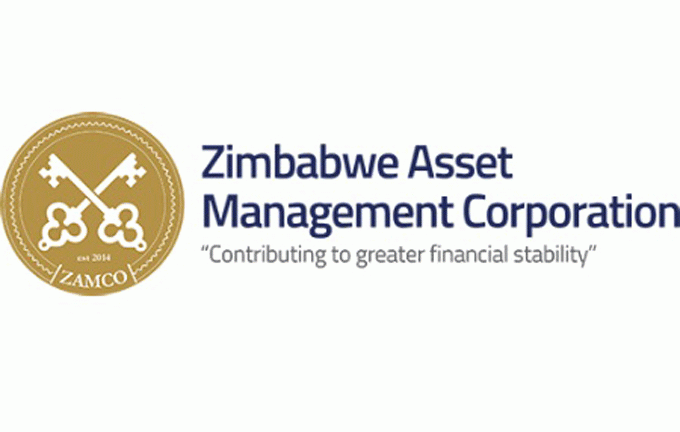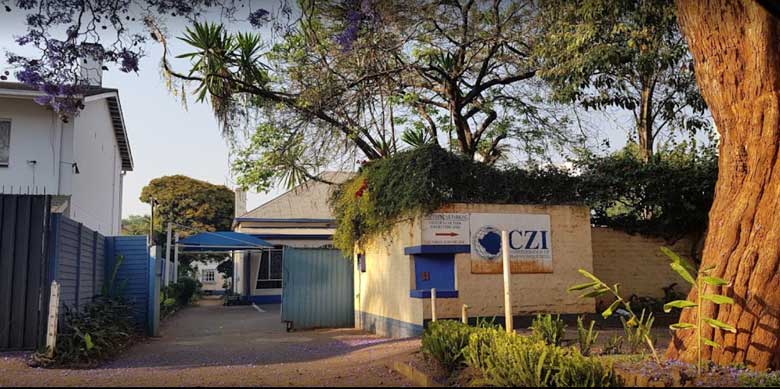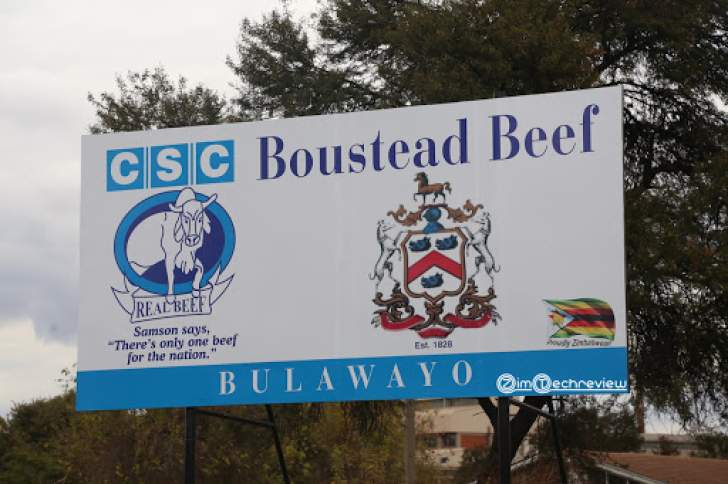
The Zimbabwe Asset Management Corporation (Zamco) has started winding up its operations after registering progress in mopping up the market’s multi-million dollar non-performing loans (NPLs), the Standardbusiness can reveal.
Zamco is, however, in the process of compiling a report that will be submitted to authorities ahead of its sunset scheduled for 2025.
In 2014, the Reserve Bank of Zimbabwe (RBZ) created Zamco to mop up NPLs after a culture of not honouring credit obligations choked banking institutions from providing fresh loans to the market.
Against this background, Zamco however, since inception has been assuming mortgage bonds, non-insider loans, and NPLs for companies in good stead.
Zamco chief executive Cosmas Kanhai told Standardbusiness that the report will also incorporate final audited financials.
“I had indicated that we wound up our operations and we are in the process of writing the final report on our operations since inception which also incorporates final audited financials,” Kanhai said.
“So, whatever questions people have now, they will be addressed in that report.”
He could not divulge the number of recovered debts.
- RBZ blocks Harare US dollar charges
- Industry cries foul over new export surrender requirements
- One stitch in time saves nine
- Banks keep NPLs in safe territory
Keep Reading
In 2021, Zamco divested from starafrica and sold its stake to Takura Capital as the company began winding up operations after having entered into starafrica in a debt-to-equity arrangement.
In a proposed scheme of arrangement that was largely anchored on a debt-to-equity conversion, Zamco in June 2017 purchased a total of ZW$32,7 million of Star Africa’s non-performing loans in exchange for shares among a series of other intertwined transactions.
Zamco was the largest shareholder in Starafrica controlling 48,43% with NSSA controlling 30,7%.
Kanhai in 2019 dismissed the notion in the market that Zamco was formed to cushion debts that could have been mainly accumulated by politicians.
This came after there had been reports that politicians were abusing the Zamco facility to clear their debts/loans.
He said Zamco was formed to save banks which were almost choking because of the rising NPLs and the banks were the biggest beneficiaries of the formation of Zamco.
When Zamco was formed, the NPLs ratio peaked at 22, 14% in September 2014.
Zamco was fully focused on resolution and recovery and notwithstanding the turbulent environment, the firm managed to implement various strategies that maximized recovery from means other than loan repayments such as debt-asset swaps.
Analysts say the recoveries to date are a demonstration of the fact that Zamco was not formed to simply acquire and warehouse or write off NPLs as all amounts acquired remain due and payable.
Zamco had powers to acquire, reschedule, dispose of, hold, manage, or otherwise settle NPLs of banking institutions.










